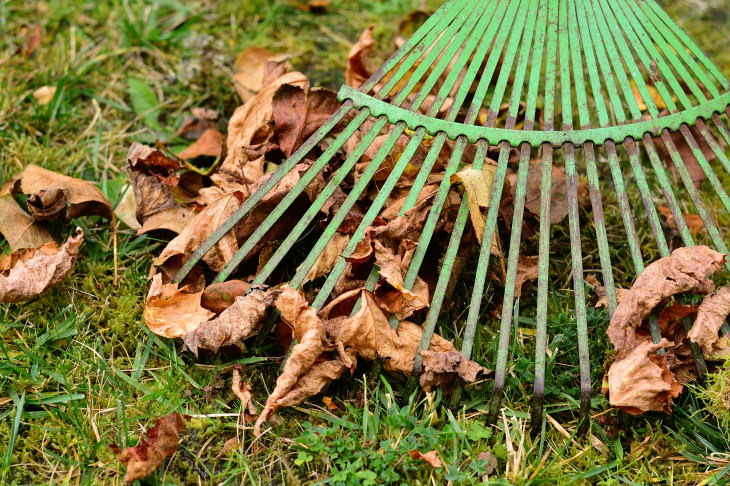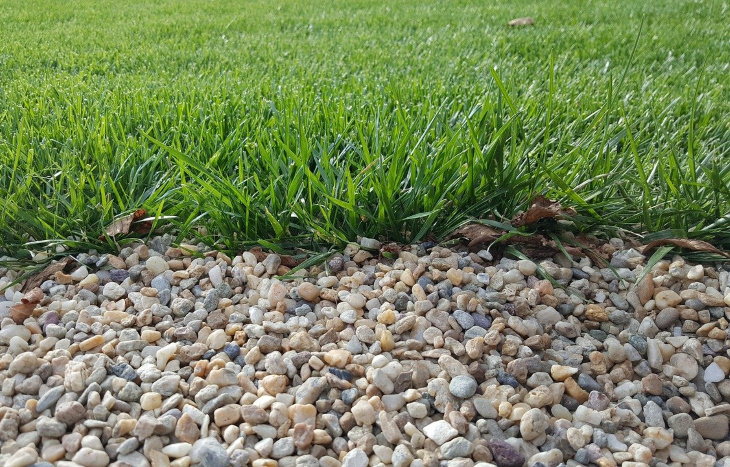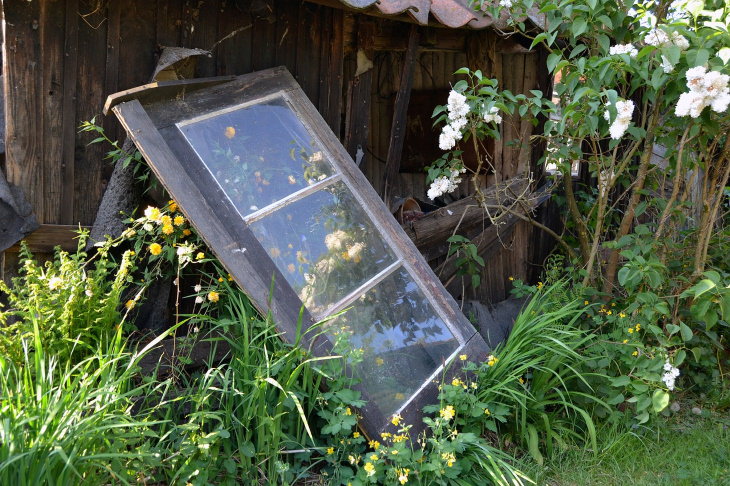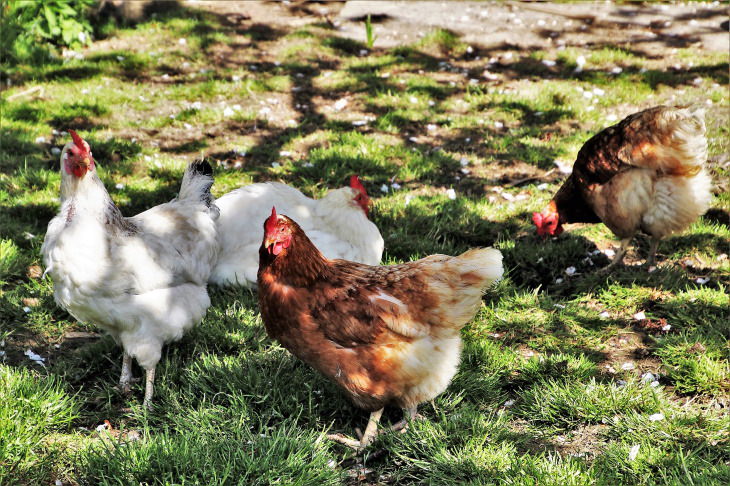1. Clear the yard of dead leaves
During the fall months, the yard is always covered in leaves, which may be a beautiful sight, but if you or the little ones in your family are planning on spending time there, you should clear the yard of the leaves. This is because dry leaves are the perfect warm and humid hideaway spot for ticks when the weather gets cooler, and they'll be lurking there until temperatures will reach the freezing point. Needless to say, for the same reasons, we, unfortunately, don't advise children to jump into piles of leaves either, no matter how fun it is.
2. Mow the lawn regularly
Tall grass, especially that located at the edge of your lawn is also a favorite hideaway spot for ticks, since both animals or people often brush against the plants as they move across a path or a sidewalk, giving ticks the opportunity to latch onto the body or clothing. Thus, it's extremely important to keep the lawn trimmed, particularly on the edges of the yard, which will make your yard a difficult habitat for ticks and they will eventually be gone for good.
3. Line the perimeter of the yard with gravel or wood chips
Another great way to prevent ticks from entering your property is by lining the perimeter of your lawn with gravel or wood chips. It's very difficult and painful for ticks to walk on the sharp edges of these materials, so isolating your yard with a good 3-ft wide (91 cm) barrier of gravel and wood chips will ensure ticks don't migrate from the surrounding areas into your yard or garden.
4. Declutter your yard
Another favorable place for ticks to hang out is old furniture, mattresses, kid's toys, blankets, or gardening equipment forgotten or intentionally stored in the yard or garden. It's best to clear the lawn and areas near trees or bushes of any objects and store these on the patio or an area isolated by gravel or wood chips. Be careful when handling any of these objects and protect kids and pets from potential tick bites by always examining their "play area" before letting them roam the yard freely.
5. Stack wood neatly in a dry area
Ticks love moist and shaded areas, as you probably already learned from our previous tips, and this makes wood piles the perfect ecosystem for them. In addition, woodpiles are a habitable place for rodents, who are known to carry ticks, especially black-legged ticks that cause Lyme disease. Lastly, ticks often use pieces of wood that stick out as a sort of a diving board that lets them jump and land on a potential victim. Therefore, it's super important to keep wood in a dry area and stack it neatly, with no gaps or pieces that stick out, to make the woodpile inhabitable for rodents and ticks.
6. Try tick-repelling plants
While most plants are a good habitat for ticks, it seems like these dangerous pests are also afraid of certain plants and won't come near them. This is great news for us all, as we can place these plants strategically through our yards and gardens with the goal to repel ticks. One of the most commonly known plant tick repellents is a shrub called the American beautyberry (pictured above). Ticks seem to hate the leaves of this quite pretty and resilient plant. Other plants that help deter ticks to consider are:
- Lavender
- Mint
- Garlic
- Sage
- Pennyroyal
- Eucalyptus
- Pyrethrum.
7. Adopt a tick eater
We realize that this last tip may not be realistic for everyone. Nevertheless, it's certainly useful to know that having chickens can help you not only have fresh eggs all the time but also gets rid of ticks on your property. Other birds, such as robins, are also tick eaters, but some birds may actually carry ticks, so getting a birdbath or bird feeder isn't always the best idea. Speaking of wildlife, it's also recommended to discourage wild and stray animals from entering your property, as animals like rats, raccoons, stray dogs, and deer often carry ticks, too.
Share this article with those who might find it useful!







